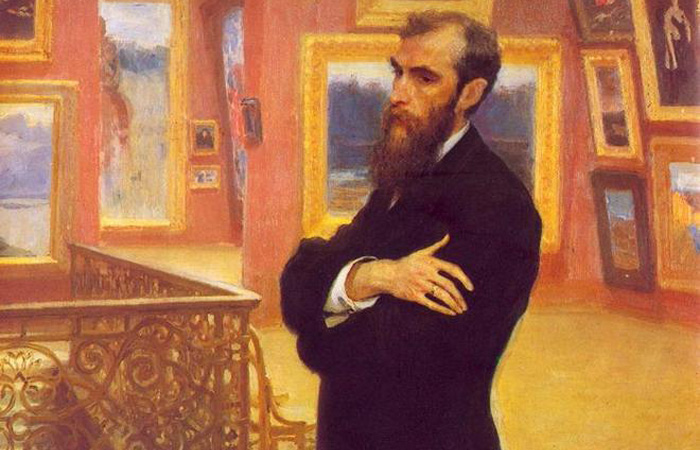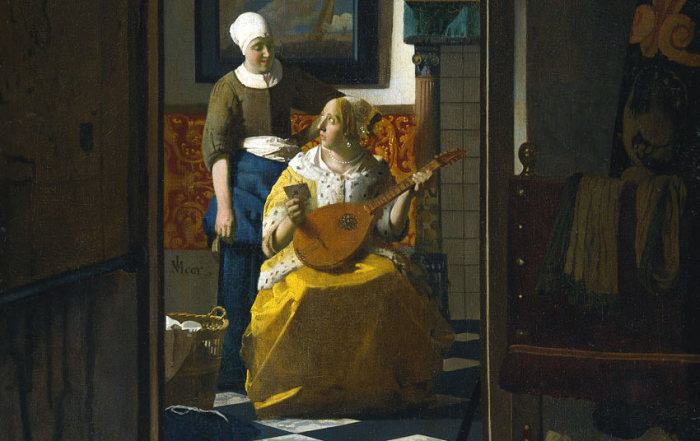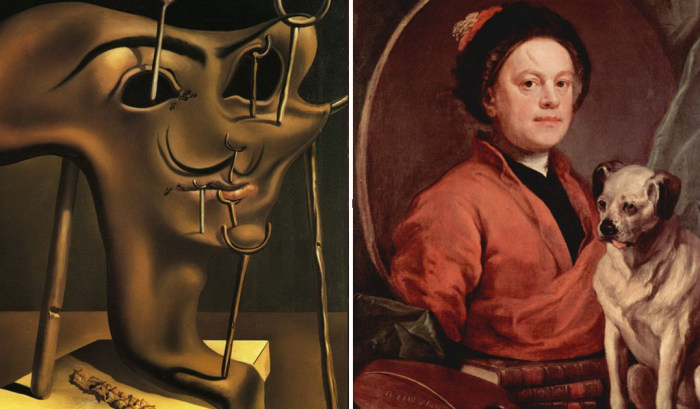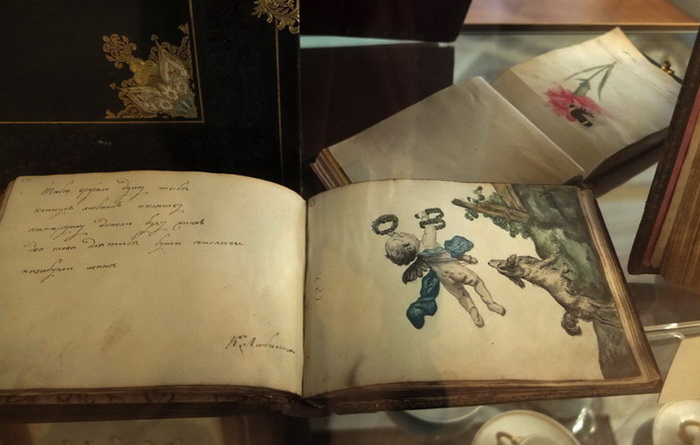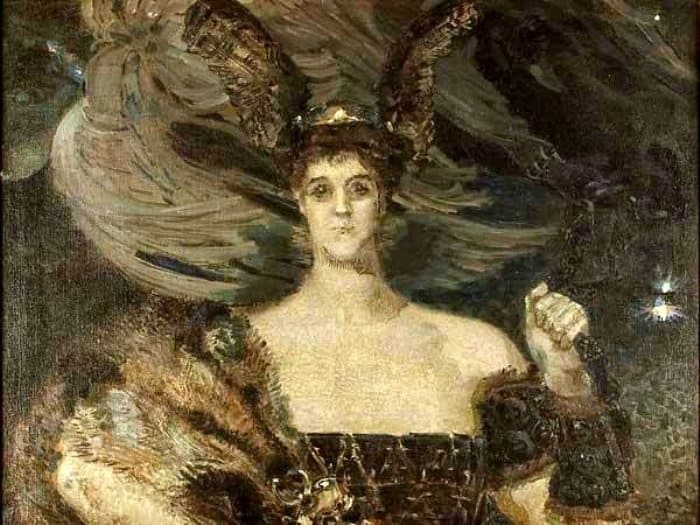ancient buildings
Aesthetics and the importance of music in the history of human formation
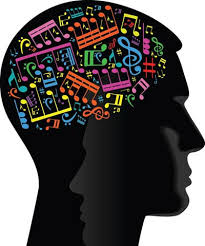 Musical aesthetics exists more than the culture of music as an independent art form. Musical aesthetics was similar to labor, appropriation, submission of the unknown. It carried such functions as organization and augmentation of energy, spiritual forces vital to society. There is no need to talk about aesthetic pleasure at this stage of development. Music and other forms of art in prehistoric times were considered useful in terms of their magical properties, combining the illusory with the real.
Musical aesthetics exists more than the culture of music as an independent art form. Musical aesthetics was similar to labor, appropriation, submission of the unknown. It carried such functions as organization and augmentation of energy, spiritual forces vital to society. There is no need to talk about aesthetic pleasure at this stage of development. Music and other forms of art in prehistoric times were considered useful in terms of their magical properties, combining the illusory with the real.
Music shaped the nature of man, his abstract thinking, developed sensuality. Thus, music through influencing the essence of man and society influenced the world around him. Continue reading
About music
 It is known about music that:
It is known about music that:
everyone listens to her, some compose and perform;
modern music is created on the basis of theory, musical notation, knowledge of the secrets of harmonies, methods of construction, analysis of musical forms, the nuances of psychological impact;
musical culture did not arise overnight, but went a long way before becoming what it is now;
when music was considered exclusively a tool for subjugating the unknown, the forces of nature, spirits, a source of spiritual energy of society;
she went through various stages of development, from purely ecclesiastical art, canonicity and collectivity to individualism; Continue reading
VARIETIES OF THE GENRE CITYSCAPE
 Cityscape is a genre of fine art in which the main subject of the image are city streets and buildings.
Cityscape is a genre of fine art in which the main subject of the image are city streets and buildings.
In European art, the cityscape, as a separate genre of painting, appeared in the XVI century, thanks to the proto-vedutes of Paul Bril from Antwerp.
In the XVII century in Holland, the cityscape became widespread and became one of the favorite themes of Dutch artists.
In Italy in the XVIII century became very popular Veduta-a kind of cityscape. The most famous master of this genre was the artist Giovanni Antonio Canaletto. Along with Veduta, in the XVII-XVIII centuries, another kind of urban landscape was popular – Capriccio, which depicted architectural fantasies, mainly the ruins of fictional ancient buildings.
The heyday and new development of the painting genre cityscape marked the development of open-air landscape associated with the invention in the XIX century, the method of production of tube paints. Continue reading
